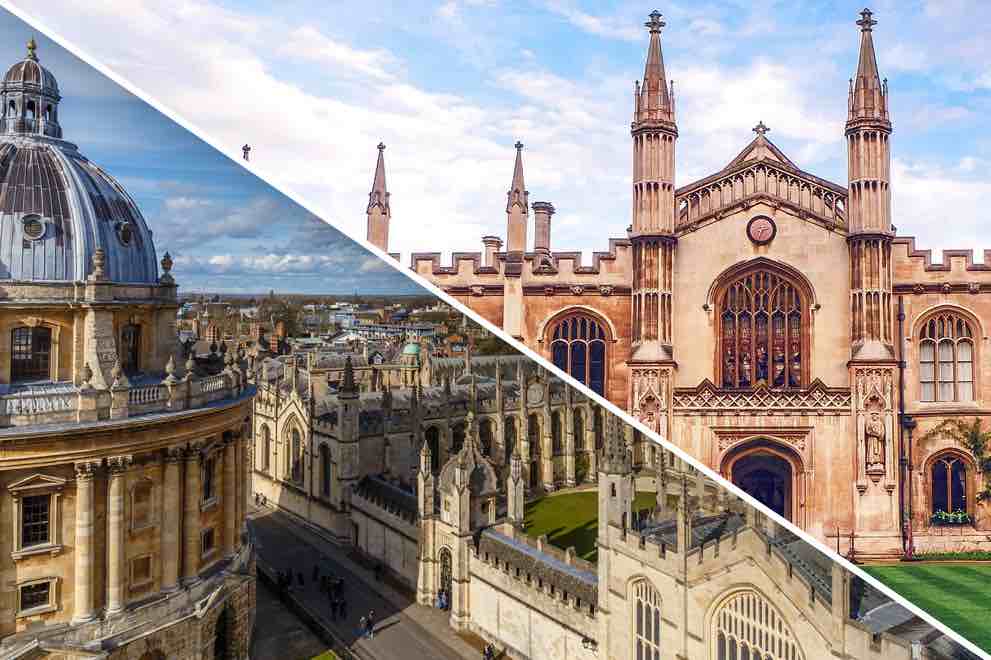The recent appointment of regeneration expert Neale Coleman as Chair of the Oxford Growth Commission is the latest step in plans to accelerate nationally significant growth for Oxfordshire. We look at the potential of this new body and what it means for Oxfordshire.
What’s behind the Oxford Growth Commission?
The Commission was announced in January 2025 by Chancellor of the Exchequer Rachel Reeves as part of the government’s Plan for Change. It is part of a fresh drive to create a growth ecosystem that brings together the expertise held within the Oxford and Cambridge – in particular their strengths in academia, life sciences, AI and green technology – to create a cluster corridor with the potential to be Europe’s Silicon Valley. The Oxford-Cambridge Growth Corridor is officially championed by Science Minister Sir Patrick Vallance and is expected to contribute £78 billion to the UK economy by 2035 by building partnerships and infrastructure to join up the two regions. It aims to boost innovations, benefit investors and create jobs.
What are the infrastructure plans?
The plans for the Oxford-Cambridge Growth Corridor includes funding for East-West Rail, with new services between Oxford and Milton Keynes, along with the development of new and expanded housing and the creation of a reservoir near Abingdon.
What are the priorities for Oxfordshire?
The Oxford Growth Commission will identify how best to unlock new development, particularly on sites already identified for development. It will assess areas of potential investment and bring councils and developers together to accelerate growth across Oxford and the surrounding areas. Susan Brown, Leader of Oxford City Council has named examples such as the reopening of the Cowley Branch Line, bringing forward Oxford West End, and the new Oxford station. Progress in Oxfordshire will benefit not only the Growth Corridor but will drive economic growth across the UK.
Oxford West End will bring together six brownfield sites within the city to create a new innovation district, a housing neighbourhood and urban quarter, and a new regional gateway based around Oxford station.
How will the Oxford Growth Commission make Oxfordshire even more attractive for investors?
Oxfordshire is already a world-class hub for research and innovation. It has a thriving spin-out ecosystem, every year creating new companies that attract investors from the UK and overseas. Professor Irene Tracey, Vice Chancellor at the University of Oxford, confirmed that the University is committed to the growth ambition of the Oxford-Cambridge supercluster, and that the Oxford Growth Commission will further, and accelerate, the institution’s economic contribution to the region and UK.
What are the barriers to growth that will be unlocked by the Oxford Growth Commission (OGC)?
The OGC will look to unblock known barriers across energy, water, and sewerage to accelerate growth.
Sarah Haywood, Managing Director at Advanced Oxford said: ‘Oxfordshire is home to world-leading science and technology companies, working to address global problems, but we need to see these companies scale up. That means expanding and developing innovation-focused hubs, improving transport links, aligning our labour markets, and providing the housing needed to attract and retain talent to ensure inclusive growth.’
Is there a Cambridge equivalent?
The Cambridge Growth Company was established in October 2024 and is headed by Peter Freeman.
How will the new Chair drive forward change?
Neale Coleman CBE has a track record in regeneration and working at a national infrastructure level. He was previously a National Infrastructure Commissioner and is a member of the Advisory Council to the National Infrastructure and Service Transformation Authority (NISTA), the Government’s new centre of expertise for infrastructure and major project strategy and delivery.
Neale Coleman led the bid, delivery and legacy of the 2012 Olympic and Paralympic Games at the Greater London Authority from 2000, and chaired the delivery board for the successful Commonwealth Games in Birmingham 2022.
Image provided by British Educational Travel Association
